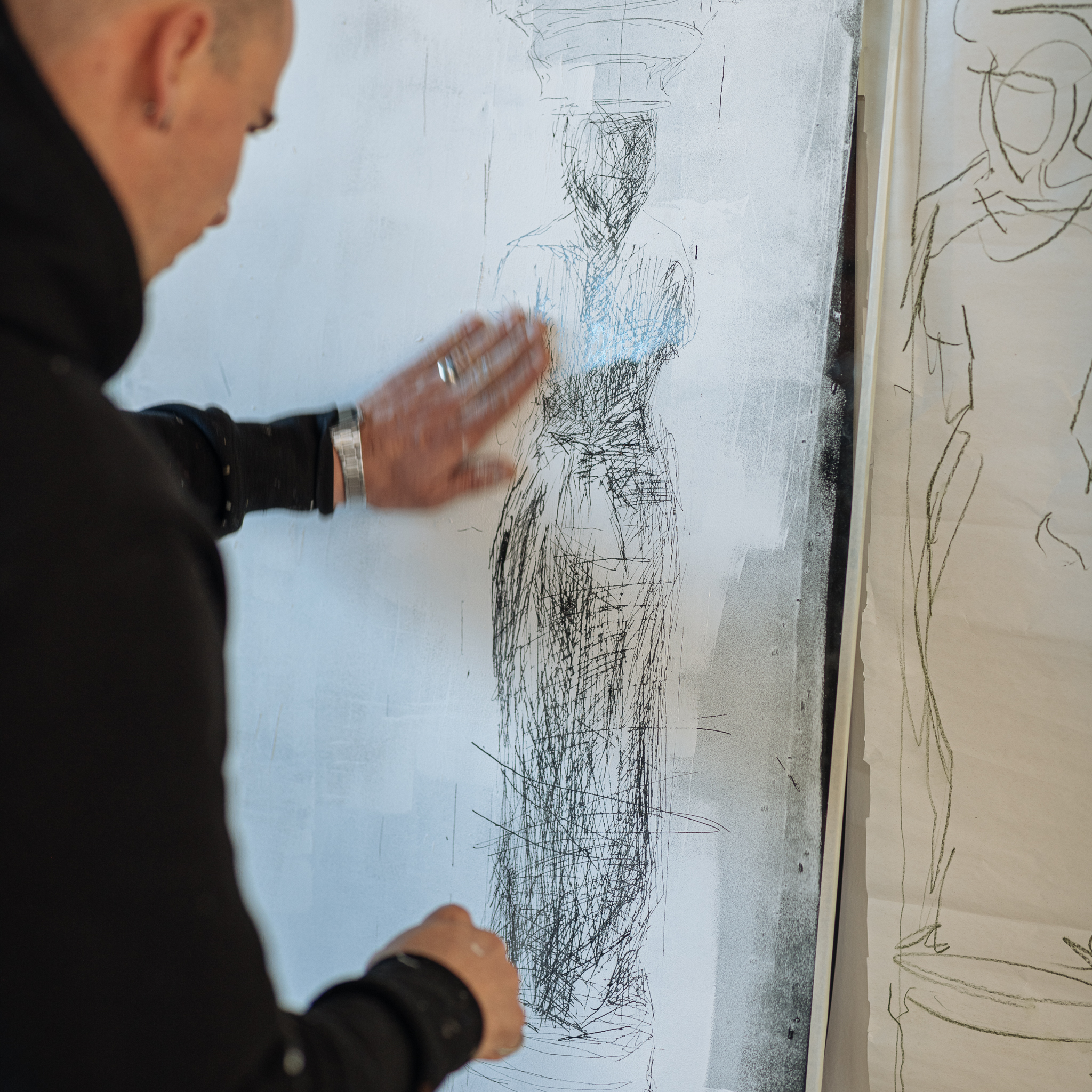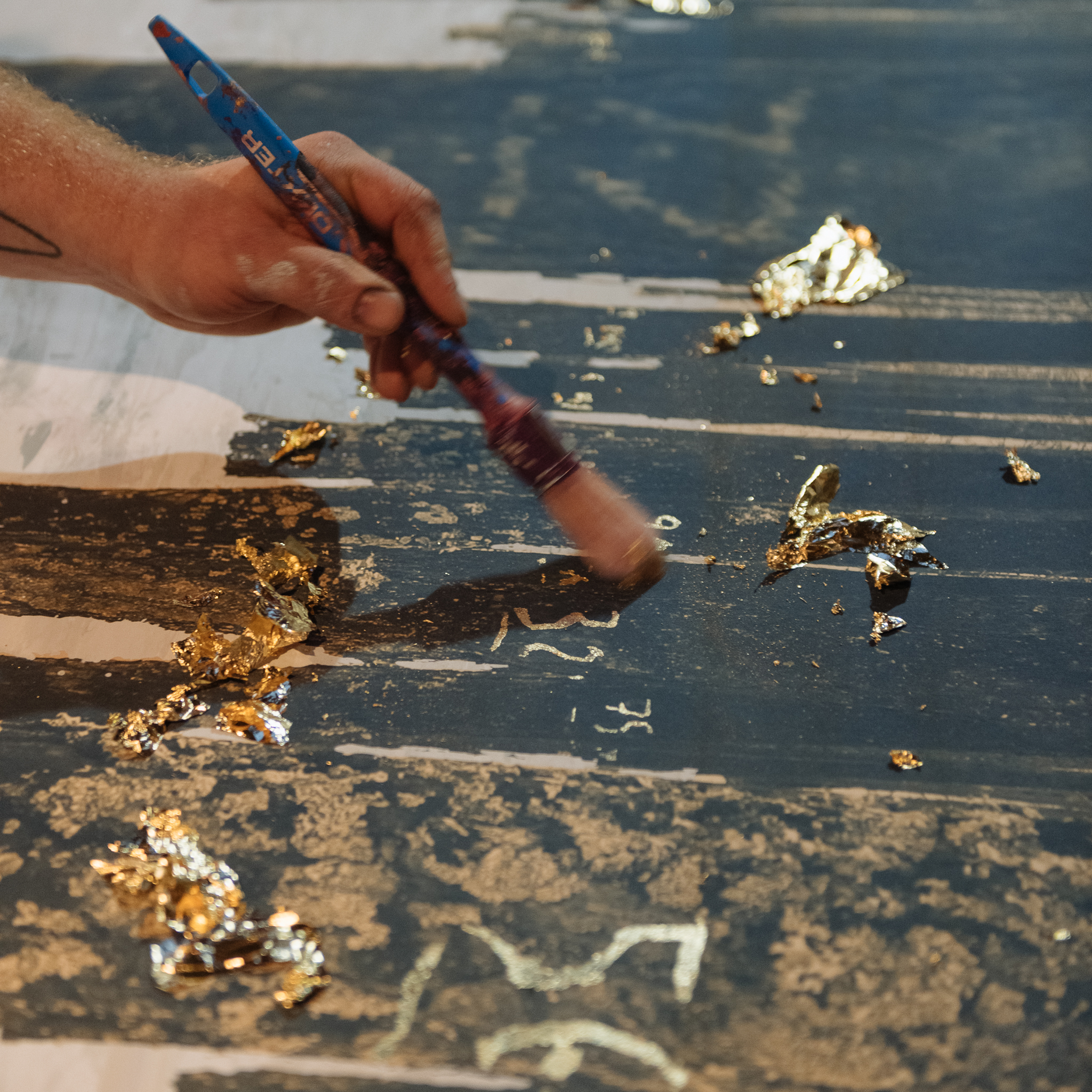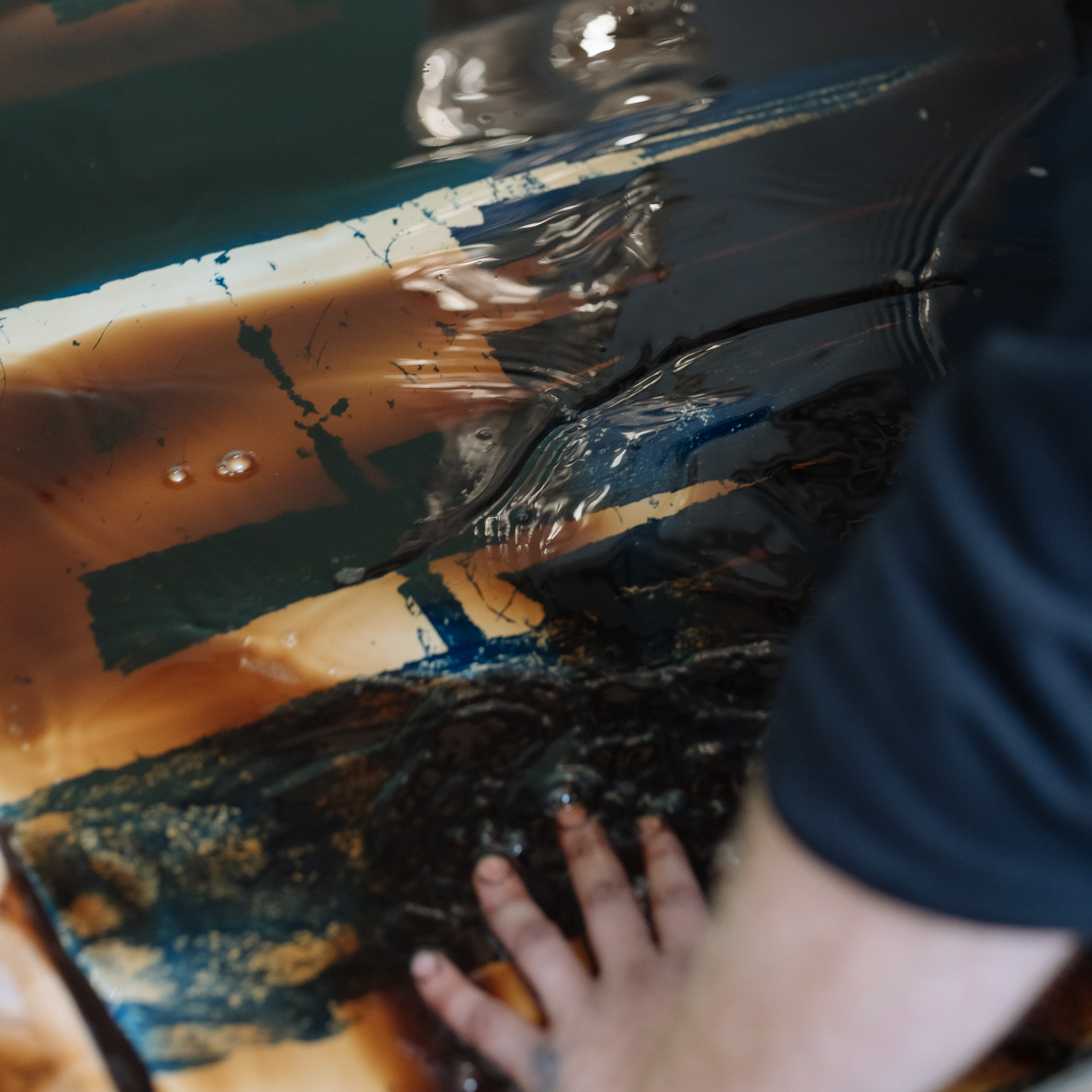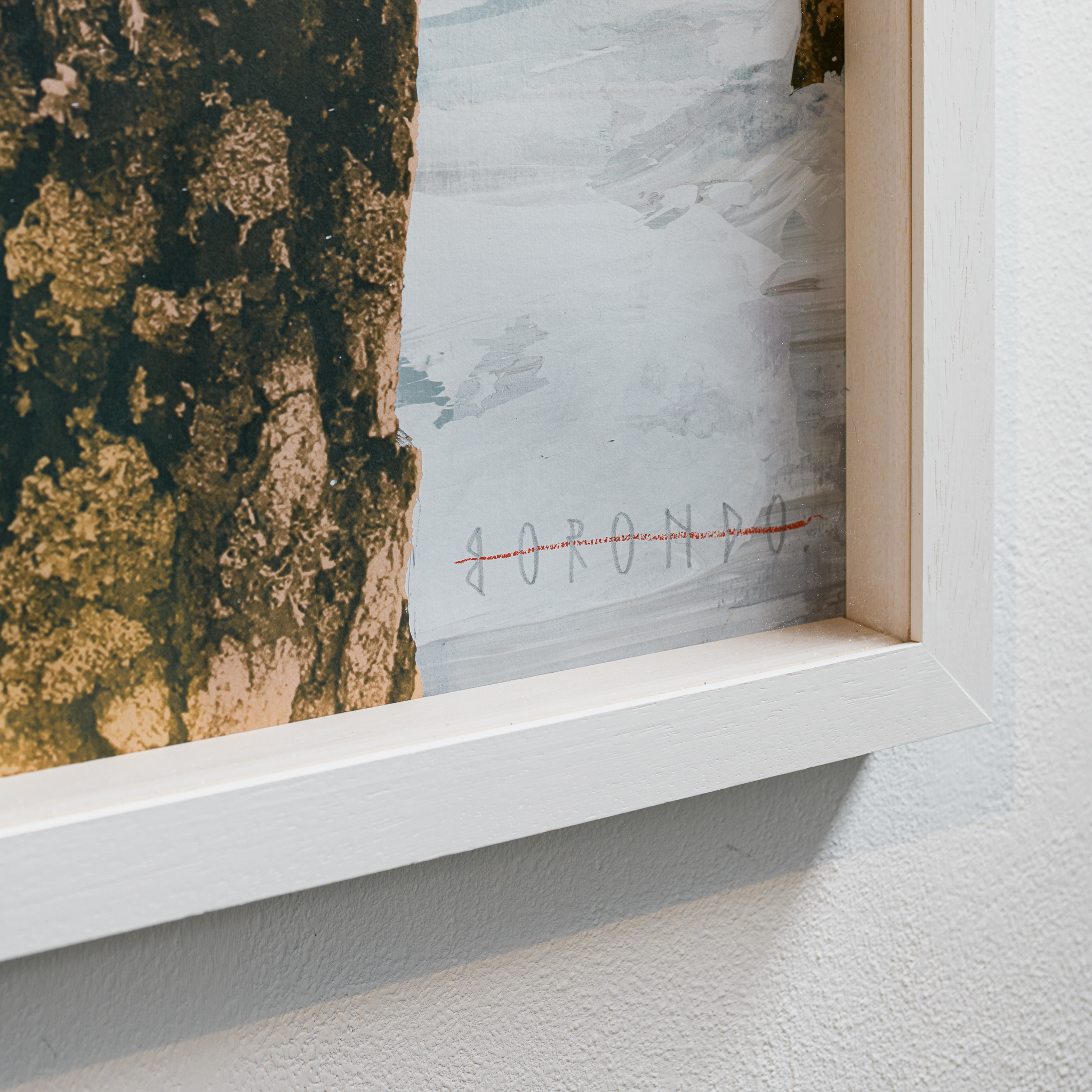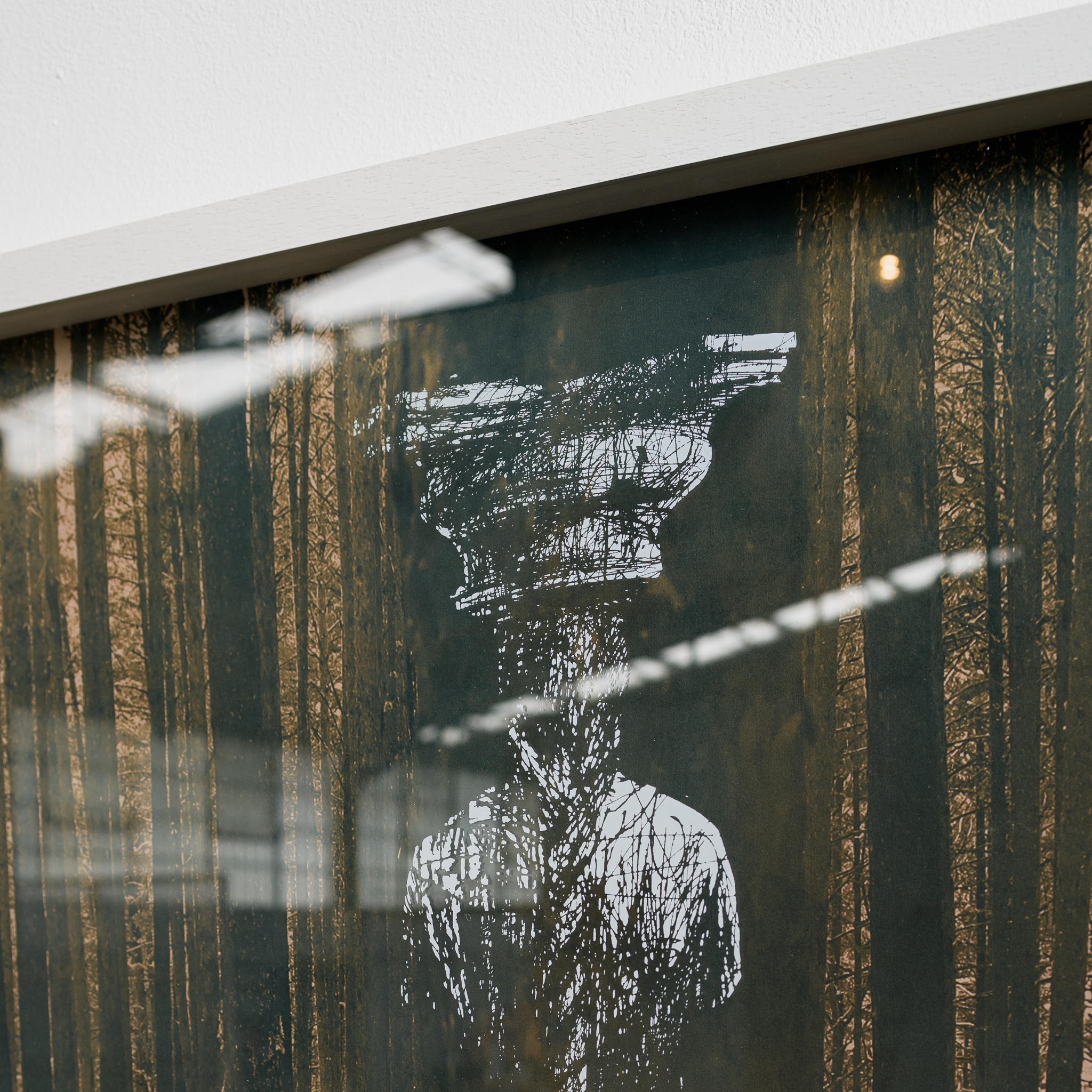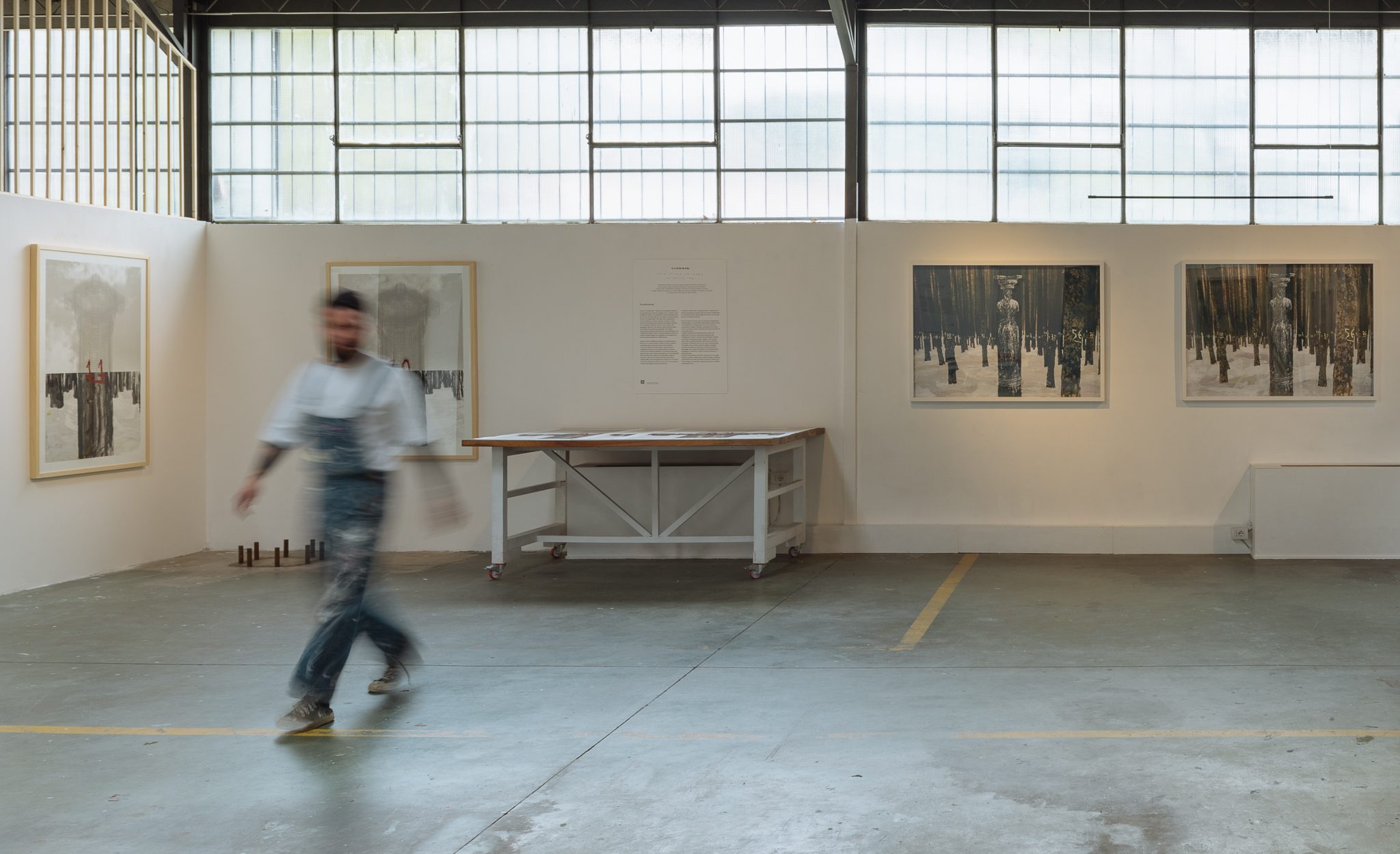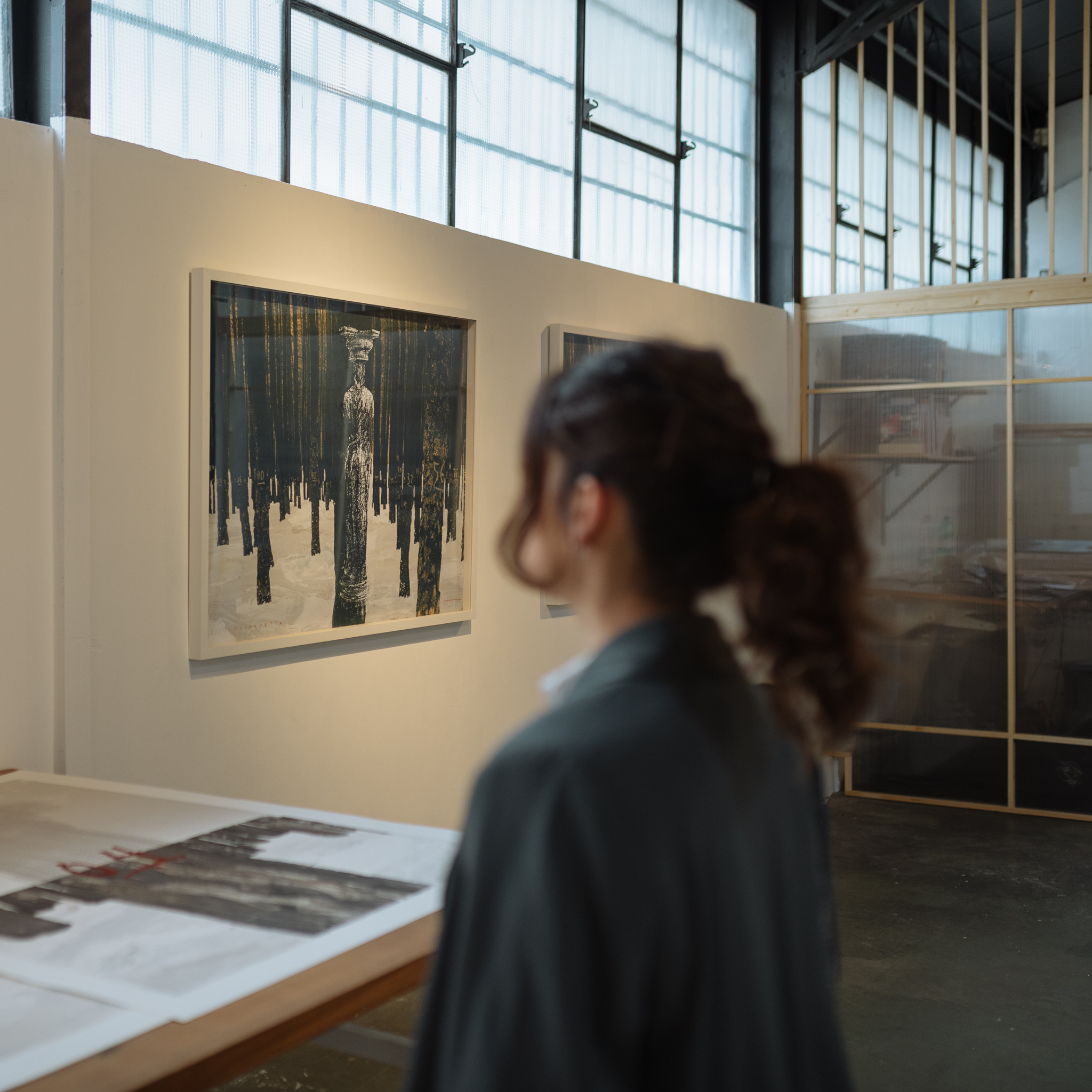Gonzalo Borondo was born in Valladolid (ES) in 1989. Since 2007, he has developed his works in public spaces, elaborating an original idiom of painting and installations closely tied to the sites of his efforts. His art arises from a dialogue with the surrounding context, an ongoing exchange with the memories of the site and the perceptions of its space, both physical and symbolic.
The underlying aim of his artistic experimentation is to extend the possibilities of painting into other disciplines (theatre, video-art), supports (glass, straw, walls, ceramics, wood…), and multiple aesthetic techniques (stone engraving, silk-screening). Borondo explores the idioms of the past, recasting them in a contemporary light through a new and innovative approach to tradition.
His contemplation of the sacred, of the conflicts inherent in the pairing of man and nature, serves as the cornerstone of his poetics, which he uses to break these elements down, in the course of the creative act, into their most ancestral, instinctive forms, bringing forth a perpetual essence.
The artist’s interest in working in public places, in exploring the relationship between art and life, has led him to develop site-specific projects in non-conventional settings, works whose impact on the general public, as both installations and experiences, has been intense.
Borondo creates public works of art on an international level. Since 2012 he has held one-man shows in museums, galleries, and other venues in Italy, Spain, France, and England. His latest projects include “Insurrecta” (Segovia, ES, 2020), “Merci” (Temple des Chartrones, Bordeaux, FR, 2019), “Sacrilége” (an opera recital at the Toursky Theatre, Bordeaux, FR, 2018), “Matiére Noire” (the flea market in Marseilles, FR, 2017), “Non-Plus Ultra” (MACRO – Museum of Contemporary Art of Rome, IT, 2018) and “Cenere” (the cemetery chapel, Selci, IT, 2017).

